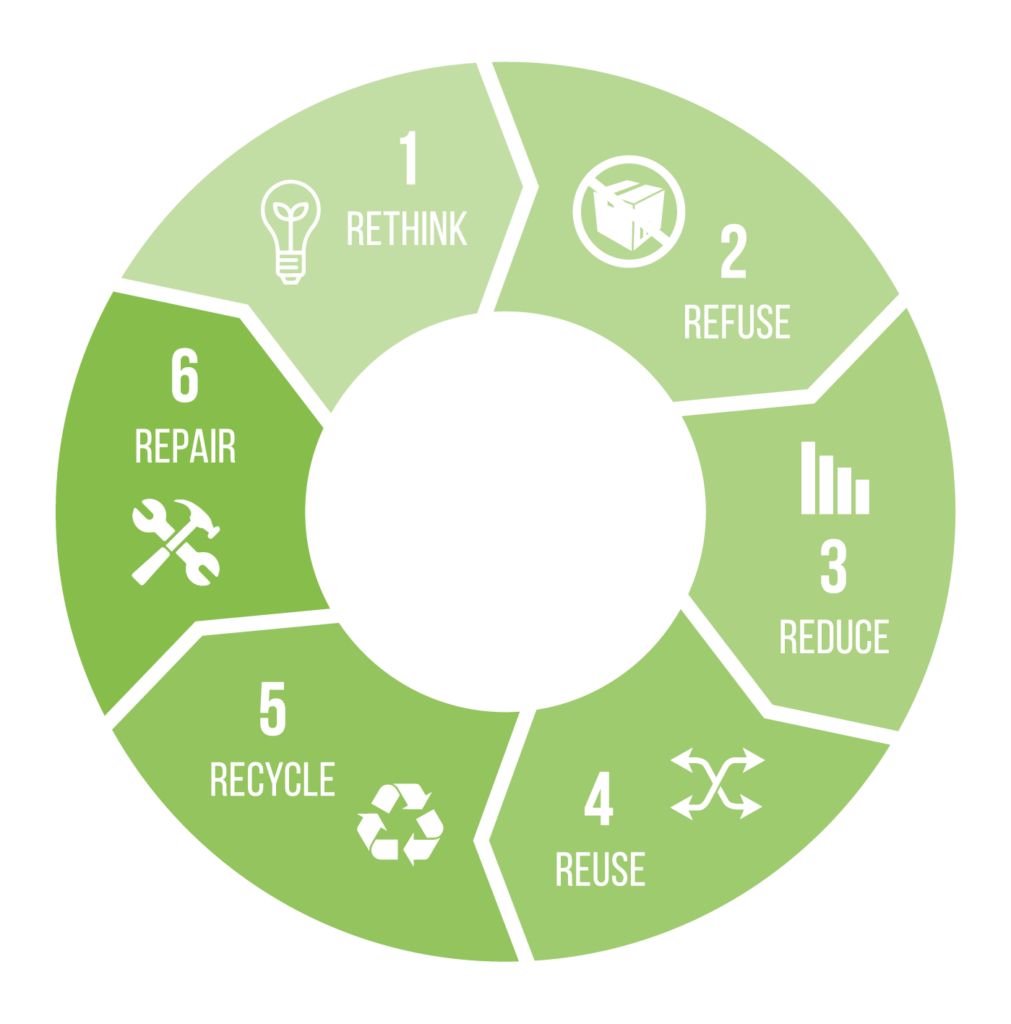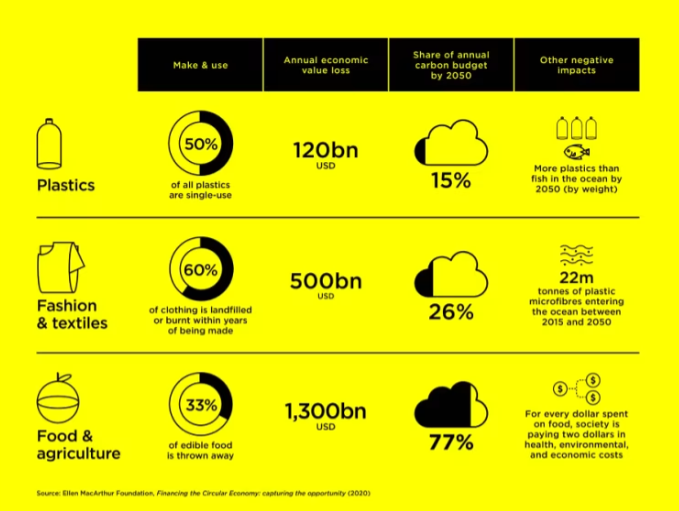
Today is Earth Day… Focus days such as this give us an excellent opportunity to pause and rethink. Thematic days are there to serve as powerful reminders of the challenges we face or celebrations of those challenges which we’ve already overcome. Just as most of us start the year with new resolutions and commitments for personal improvement, days such as today are there to refocus our attention on a specific topic and make us more determined to find an opportunity to do things better than we did yesterday.
In many models, the principle of Rethink is one of the first pillars of sustainability. As such, Earth Day should serve as a reminder to pause and reassess our practices and seek out innovative solutions, using expertise and wider knowledge to bring new ideas into our businesses. It also gives us an opportunity to aim big as even if the aspirations and targets seem too much for us to achieve…
“Shoot for the moon. Even if you miss, you’ll land among the stars.” (Norman Vincent Peale)

The focus for Earth Day 2024 is on plastics – aiming to eliminate single-use plastics by 2030 – which would require an unprecedented collaboration across business, governments, and individuals.
“For Earth Day 2024 on April 22nd, EARTHDAY.ORG is unwavering in our commitment to end plastics for the sake of human and planetary health, demanding a 60% reduction in the production of ALL plastics by 2040.”
For us as a business, plastics are a crucial part of our product range and in many cases still the “best” packaging solution. However, that doesn’t mean they always will be, and it means all of us should be open to new possibilities. Combining continuous improvement and step-change together are crucial to make sure you’re doing the right things today, but ready to take advantage of the best solutions of tomorrow.
This summary from the Ellen Macarthur Foundation focusses on rethinking how we design and brings the most basic products into the limelight. Read it here.
This takes the design change further than it traditionally goes; thinking about products and their packaging after they have been received and used by consumers. What happens next is just as important.

One of the biggest challenges we have seen over the last couple of years with packaging is blanket business drivers to make products use more recycled content. Ironically, this has lead to an increase in the use of virgin materials as some technical products need a higher virgin content to compensate for the performance loss of adding recycled content. This has historically been affected by the ability to source consistent recycled raw materials which is now becoming less of a problem. This is where supply and demand were not aligned and as a result, sustainability suffered.
Currently we see a misalignment of recyclable packaging and recycling rates, particularly in relation to plastics. As businesses transition to supply packaging that claims to be 100% recyclable, we must be very cautious in reviewing the actual performance of those products. We need to question specifically whether it is easy to recycle by businesses and consumers? Will “biodegradable” or “compostable” products end up in an environment where these organic processes can occur? Can we make the packaging simpler and lighter? What else can we do to increase recycling rates?
One of the keys to all of the above is good data. It allows us to pinpoint the areas where our interventions will have the greatest impact and takes us beyond just good intentions.
To achieve change in business, we need solid data to justify that change. By analysing our operations, we can identify areas where simple adjustments can yield significant results without significant challenges. For example, switching to reusable packaging or implementing recycling programs within our facilities can drastically reduce our plastic footprint with minimal operational changes.
Of course, some challenges require more than just internal action; they demand collaboration on a broader scale and therefore need multiple stakeholders from within our business to be on the same page. Earth Day provides the perfect platform for bringing some of these challenges to the centre of everyone’s attention and aligning efforts towards shared goals.
“In a world where ‘there’s no Planet B,’ we need to think very hard about what kind of future we want and what kind of present we are willing to tolerate” (Mike Berners-Lee).